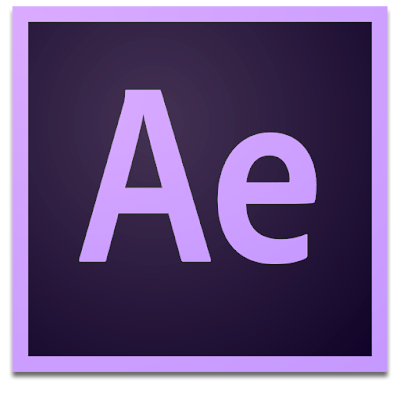Adobe Flash (formerly Macromedia Flash) is one of the computer software that is the flagship product of Adobe Systems. Adobe Flash is used to create vector images and animated images. Files generated from this software have the .swf file extension and can be played in a web browser that has Adobe Flash Player installed. Flash uses a programming language called ActionScript that appears for the first time in Flash 5.
Prior to 2005, Flash was released by Macromedia. Flash 1.0 was launched in 1996 after Macromedia purchased a vector animation program called FutureSplash. The latest version launched on the market using the name 'Macromedia' is Macromedia Flash 8. On December 3, 2005 Adobe Systems acquired Macromedia and all its products, so the name Macromedia Flash turned into Adobe Flash.
Adobe Flash is a program specially designed by Adobe and a professional standard authoring tool application program used to create animations and bitmaps that are very interesting for the purpose of building an interactive and dynamic website. Flash is designed with the ability to create 2-dimensional animation that is reliable and lightweight so that flash is widely used to build and provide animated effects on websites, Interactive CDs and more. In addition, this application can also be used to create animated logos, movies, games, making navigation on the website, animation buttons, banners, interactive menus, interactive form stuffing, e-cards, screen savers and other web applications. In Flash, there are animation making techniques, action script facilities, filters, custom easing and can include complete videos with FLV playback facility. The advantages possessed by Flash is that he is able to be given a little code programming either running alone to manage the animation that is in it or used to communicate with other programs such as HTML, PHP, and Database with XML approach, can be collaborated with the web, another small in its output file size.
Flash movies have small file sizes and can be displayed with customizable screen sizes with keingginan. The Flash application is a standard web design application industry with improved setup and expansion of better integration capabilities. Many new fiture-fiture in Flash that can increase creativity in making rich media content by utilizing the ability of the application to the fullest. These new features help us focus more on designs made quickly instead of focusing on how they work and use them. Flash can also be used to quickly develop rich web applications with advanced script creation. In the application is also available a tool to debug the script. By using Code hint to simplify and speed up the creation and development of ActionScript contents automatically.
Because flash is currently developed by Adobe, so in adobe flash version now already have programming action script 3.0 in addition to still we can use action script 2.0.








